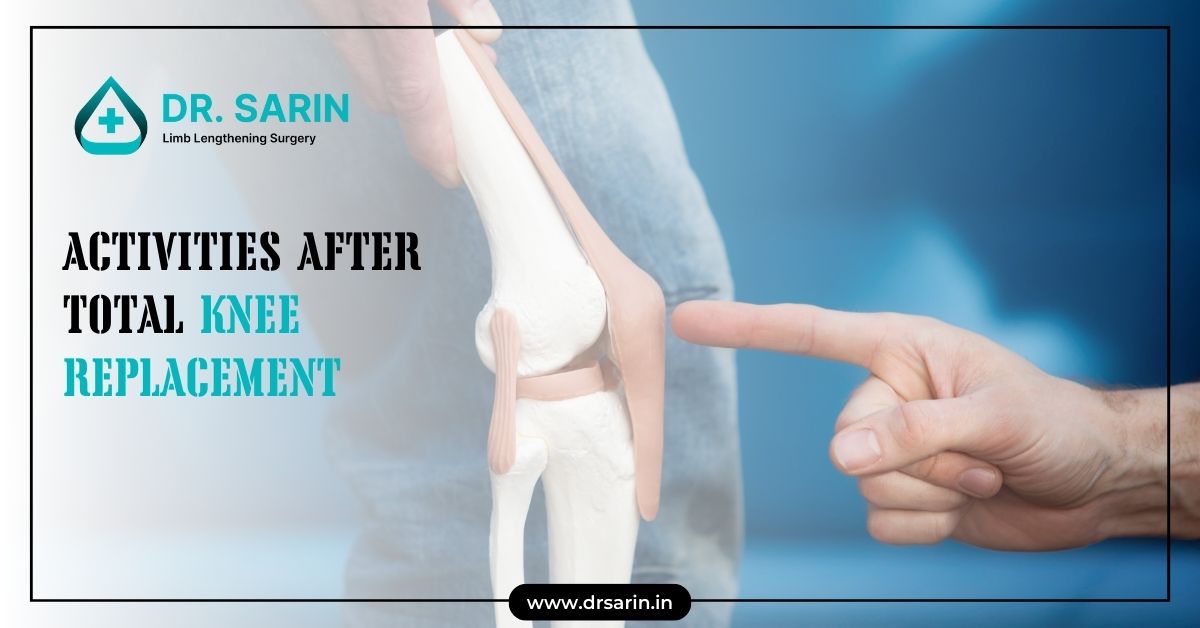Undergoing knee replacement surgery is a significant step toward restoring mobility and reducing pain. However, the recovery process requires patience, dedication, and careful planning. Knowing the right activities to engage in post-surgery can help speed healing and prevent complications. Here’s a breakdown of activities recommended after total knee replacement.
1. Walking: The Foundation of Recovery
Walking is one of the most essential activities after knee replacement. It helps improve circulation, prevents blood clots, and enhances mobility. In the early stages of recovery, you will likely use a walker or crutches. As your strength improves, you can gradually reduce assistance and walk independently. Start with short walks around the house, and slowly increase your distance as your doctor or physical therapist recommends.
2. Gentle Stretching and Range-of-Motion Exercises
Flexibility is a key component of recovery. Incorporating gentle stretching exercises into your routine can help restore your knee’s range of motion and prevent stiffness. Your physical therapist will provide specific exercises, such as knee bends and straight leg raises, to improve flexibility. Consistency with these exercises can lead to quicker recovery.
3. Cycling: Boosting Strength and Endurance
Once your doctor approves, you can begin cycling on a stationary bike. This low-impact exercise is excellent for strengthening the muscles around the knee without putting undue stress on the joint. Cycling also promotes cardiovascular health and improves endurance. Start with a low resistance level and gradually increase it as your strength improves.
4. Swimming and Water Aerobics: Low-Impact but Effective
Water-based activities are ideal during knee replacement recovery. Swimming and water aerobics allow you to exercise while minimizing the strain on your knee joint. The water’s buoyancy supports your body, making it easier to move while reducing the risk of injury. These activities are especially beneficial in rebuilding strength and flexibility.
5. Avoiding High-Impact Activities
While jumping back into your favorite sports or workout routine is tempting, high-impact activities should be avoided until your knee has fully healed. Running, jumping, and heavy lifting can put excessive pressure on your knee, potentially causing damage or slowing your recovery. Always consult your doctor before resuming such activities.
Conclusion: Gradual Progress for Long-Term Success
After knee replacement surgery, it’s crucial to follow a gradual and structured activity plan tailored to your recovery. Engaging in safe, low-impact exercises like walking, stretching, cycling, and swimming will help you regain mobility and strength. Avoid high-impact activities until your healthcare provider gives you the green light, and always listen to your body’s signals throughout the recovery process.
By sticking to the right activities and taking a cautious approach, you’ll be on your way to a successful recovery and a better quality of life.




